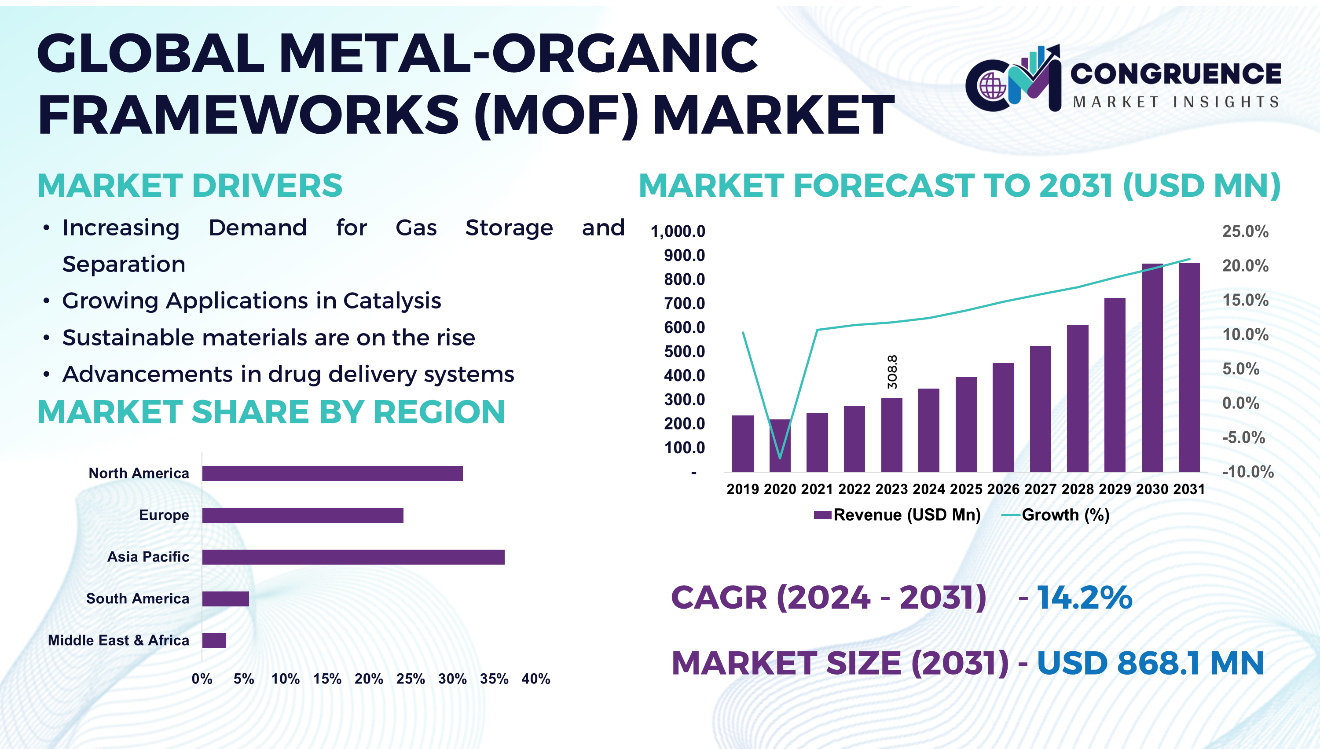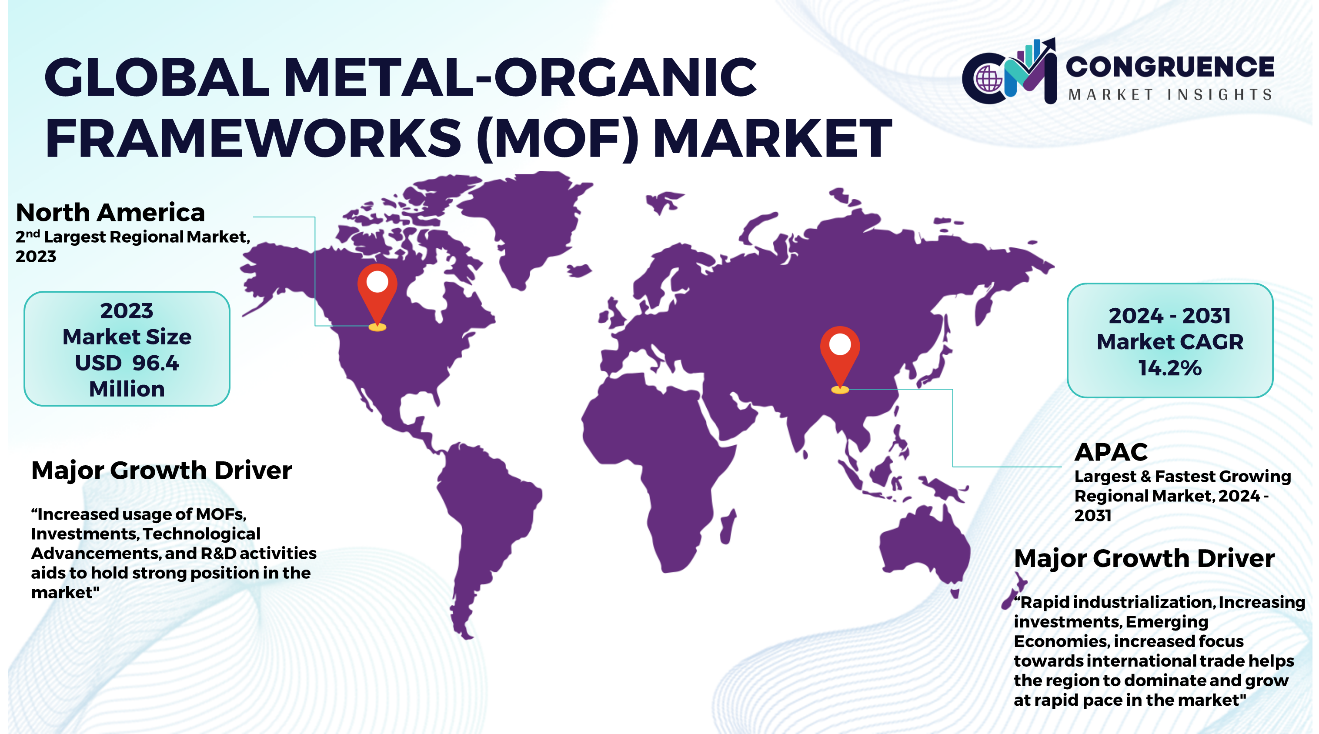Reports
The global household cleaners market was valued at USD 34,623.2 Million in 2022 and is anticipated to reach a value of USD 52,798.9 Million by 2030 expanding at a CAGR of 5.5% between 2023 and 2030.
Synthetic chemicals are utilized in home cleaning products to keep the house hygienic and clean. They play a significant role in daily tasks. Moreover, these household cleansers work very well owing to their chemical composition. Within the chemical components are strong acids and bases, pesticides, and organic solvents. Among the products on offer are surface cleaners, glass cleaners, bleaches, specialty cleaners, and a variety of home cleansers. The growing market of household cleaners can be explained by customers' increasing awareness of the value of hygiene. Demand for the product is expected to increase due to continuous advancements in the domestic cleaning market. In order to prevent a range of health issues, including diarrhea, Buruli ulcers, and other illnesses, consumers need to practice good cleanliness at home. There are many various renditions of the widely used household cleansers. Additional variables include evolving lifestyles, increasing urbanization, a predisposition to maintain personal hygiene and the surroundings, and pleasure in tidy and clean living spaces.

Household Cleaners Market Major Driving Forces
Technological Advancements: Technological Advancement: The growing use of sophisticated appliances such as washing machines and dishwashers has led to a global increase in the use of cleaning supplies including laundry and dishwashing detergents. In addition, the industry has grown in recent years due to the growing accessibility and penetration of branded cleaning products through both offline and online retail channels.
Growing Usage of Surface Cleaners: The market for household cleaning products is mainly fueled by the growing prevalence of kitchen and surface cleaners in homes, the increase in the number of households due to the rise in nuclear families, the growing disposable income and awareness of the health benefits of living in a clean environment. The cleaning supplies aid in the efficient cleaning of the home and guard against the growth of bacteria, germs, and toxins that might lead to allergies and other infectious disorders.
Growing Chronic Illnesses: Many chronic diseases are now more common due to the widespread usage of traditional household cleaning products including fabric and floor cleansers. Hazardous ingredients found in many household cleansers have the potential to induce chronic illnesses including asthma and skin irritation if breathed. Therefore, there is a high need for organic household cleaners.
Higher Disposable Income: The rise in the middle class, rising living standards, and rising family income as a result of more women working have all contributed to the global market expansion for cleaning goods for homes.
Household Cleaners Market Key Opportunities
Eco-Friendly and Sustainable Options: Growing public knowledge of the advantages of organic products combined with growing concerns about environmental contamination is pushing customers to choose natural and organic products more often. Therefore, in the next years, there should be plenty of profitable chances for new entrants due to the growth in demand for organic cleansers.
Online Retail and E-commerce Growth: The continued growth of online retail and e-commerce platforms provides an opportunity for household cleaners manufacturers to expand their reach and tap into a broader customer base. Online sales channels allow for easier product accessibility and global market penetration.
Higher Disposable Income: With the growing disposable income of the people across the globe, the adoption of household cleaners is increasingly feasible. The importance, advantages and most importantly, awareness of the cleanliness is among the primary factor providing a vast array of opportunities in this market.
Household Cleaners Market Key Trends
· Demand for sustainable and eco-friendly household cleaning products increased as consumers' awareness of the environment grew.
· The market for home cleansers was being impacted by the ease of online buying and the expansion of e-commerce platforms.
· Businesses were concentrating on R&D to provide cutting-edge cleaning solutions. Products with improved cleaning qualities, longer-lasting effects, and multipurpose properties were among them.
· The COVID-19 epidemic increased people's awareness of the value of cleanliness and hygiene. The need for antibacterial and disinfectant cleaning supplies increased as a result.
· One emerging trend was the use of technology in house cleaning. Robotic vacuum cleaners and app-controlled cleaning systems were examples of the growing trend of smart cleaning appliances.
Region-wise Market Insights
Asia Pacific accounted for the largest market share at 33.3% in 2022 moreover, Asia Pacific is expected to register the fastest growth, expanding at a CAGR of 6.6% between 2023 and 2030.

The Asia Pacific region dominates the global household
cleaners market with a 33.3% market share accounting USD 11,529.5 Million. This
region also leads the world in the fastest growth rate of 6.6% in this market.
The global market of household cleaners in Asia Pacific is driven by increasing
urbanization and population growth, rising disposable income and middle-class
expansion, and increasing awareness about health and hygiene, particularly in
the wake of the COVID-19 pandemic. The E-commerce boom in Asia-Pacific region
is another factor that has transformed the way of consumer’s shop for household
cleaning products. The North American market is driven by the heightened
awareness about the importance of maintaining a clean and sanitized living
environment, environmental consciousness led to an increased demand for
eco-friendly and sustainable household cleaning products, investment in
research and development to reduce innovative cleaning products, an advanced
formulation such as multi-surface cleaners, specialty cleaners, and smart cleaning devices are gaining
popularity as consumers sought more effective and convenient cleaning options.
Market Competition Landscape
The presence of both global and regional competitors characterizes the competitive landscape of the home cleaners market. Through mergers and acquisitions, the home cleaning industry has become more consolidated as larger businesses have acquired smaller competitors to bolster their market position and broaden their capabilities. Due to this tendency, big companies have emerged with a wide geographic reach and a variety of products. Companies are using more sophisticated formulas in the home cleaning industry in an effort to increase project efficiency, safety, and environmental sustainability.
Businesses having a wide geographic reach are better able to access a variety of markets and possibilities. They can increase their market share and diversify their project portfolio by utilizing their regional or worldwide footprints. Local and regional pipeline contractors possess a competitive edge in their particular markets due to their familiarity with local laws, cultural quirks, and project-specific specifications.
Key players in the global household cleaners market implement various organic and inorganic strategies to strengthen and improve their market positioning. Prominent players in the market include:
· Procter & Gamble (P&G)
· Unilever
· Reckitt Benckiser (RB)
· Colgate-Palmolive
· SC Johnson
· Henkel AG & Co. KGaA
· Church & Dwight Co., Inc.
· Kao Corporation
· Clorox Company
· Liby Group
· Nice Group
P&G is a global consumer products corporation that holds a significant market share in the household cleaning industry. It manufactures a broad variety of cleaning products under many brand names, such as Mr. Clean, Swiffer, and Tide. Another big international consumer products firm that is well-known in the home cleaning industry is Unilever. Among its well-known cleaning brands are Seventh Generation, Cif, and Domestos.
|
Report Attribute/Metric |
Details |
|
Market Revenue in 2022 |
USD 34,623.2 Million |
|
Market Revenue in 2030 |
USD 52,798.9 Million |
|
CAGR (2023 – 2030) |
5.5% |
|
Base Year |
2022 |
|
Forecast Period |
2023 – 2030 |
|
Historical Data |
2018 to 2022 |
|
Forecast Unit |
Value (US$ Mn) |
|
Key Report Deliverable |
Revenue Forecast, Growth Trends, Market Dynamics, Segmental Overview, Regional and Country-wise Analysis, Competition Landscape |
|
Segments Covered |
· By Type (Surface Cleaner, Glass Cleaner, Toilet Bowl Cleaner, Specialty Cleaners, Bleaches, Other) · By Application (Kitchen Cleaners, Bathroom Cleaners, Fabric Care, Floor Cleaners) · By Distribution Channel (Online, Offline) |
|
Geographies Covered |
North America: U.S., Canada and Mexico Europe: Germany, France, U.K., Italy, Spain, and Rest of Europe Asia Pacific: China, India, Japan, South Korea, Southeast Asia, and Rest of Asia Pacific South America: Brazil, Argentina, and Rest of Latin America Middle East & Africa: GCC Countries, South Africa, and Rest of Middle East & Africa |
|
Key Players Analyzed |
Procter & Gamble (P&G), Unilever, Reckitt Benckiser (RB), Colgate-Palmolive, SC Johnson, Henkel AG & Co. KGaA, Church & Dwight Co., Inc., Kao Corporation, Clorox Company, Liby Group, Nice Group |
|
Customization & Pricing |
Available on Request (10% Customization is Free) |
